




There is a growing consumer demand for fresh, locally sourced foods driving the industry forward. On the frontline of this trend is the awareness around the impact of nutrition on an individual’s health as well as the environmental impacts of shopping preferences.
These trends require a higher level of expertise and care when it comes to shipping food products such as fresh produce and agricultural products. With this type of cargo, specifically fresh and frozen items, you must consider a number of key factors as they are transported by ocean, rail, truck, or air — and generally a combination thereof — on its way to the end consumer.
On average, half the shelf life of produce is spent in transit and across the industry. If your shipment doesn’t make it on time and intact, it’s worthless. Missteps or mishandled cargo in cold chain logistics can translate directly to lost revenue, wastage, and empty grocery store shelves.
So how can you ensure your produce shipment is safe across the journey from your farm or facility to point of sale during the busy season?
In the pages that follow, we will explore this question and provide tips on handling your fresh and frozen supply chain. If you’d like to discuss your transportation strategy, please email us at produce@trailerbridge.com and we will schedule a call with one of our produce experts.
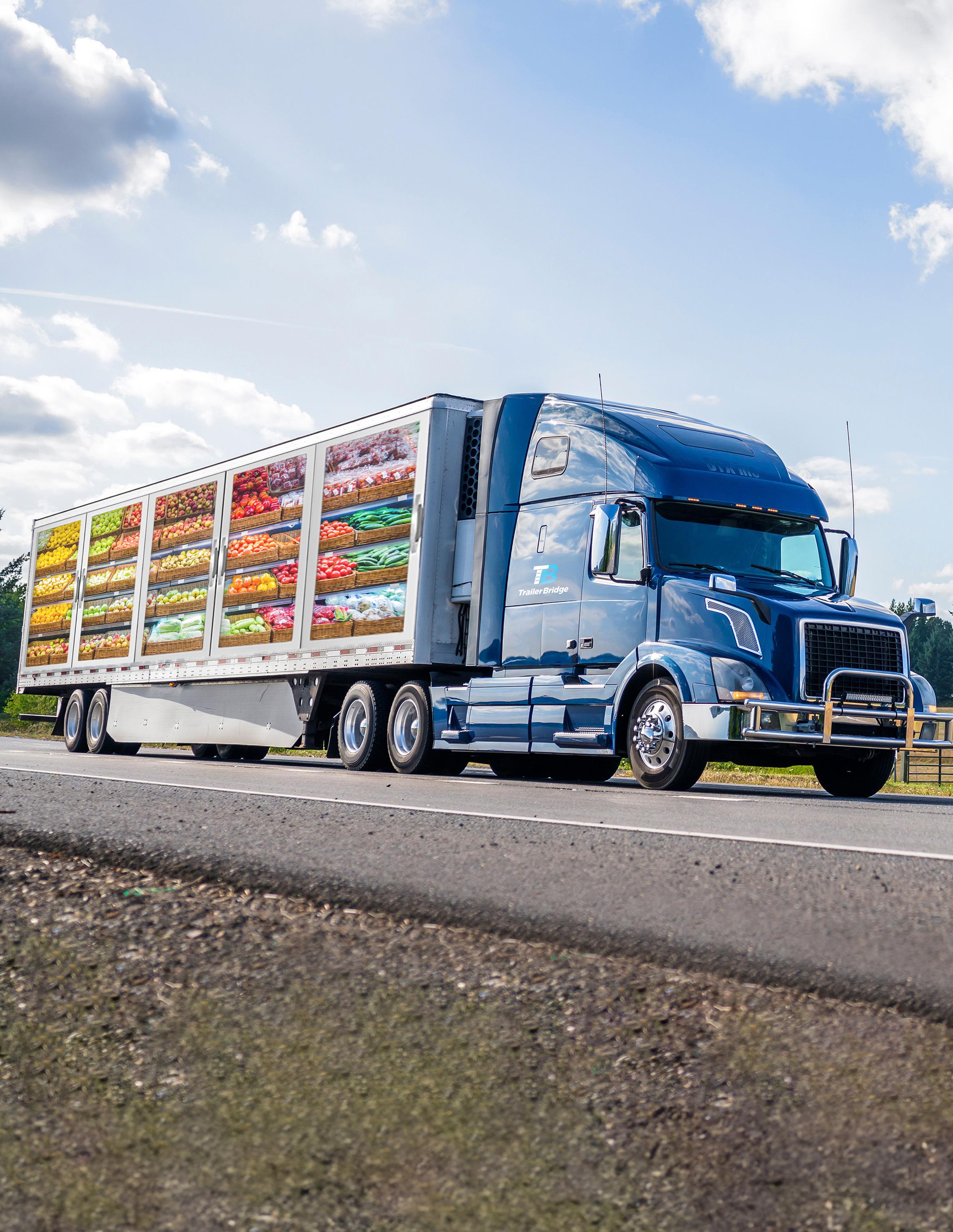
Your business is to get the produce on the consumer’s table whereas a logistics provider’s priority is delivering your product safely, securely, and on time. Find a provider that has access to the latest technology, the right partnerships, market intelligence, visibility, and communication – and do your research. Many providers will claim they have all of the above just to earn your business, but their track record may not reflect as positively.
Reefer containers maintain a stable temperature inside while controlling humidity and providing adequate airflow. They are the most common mode of shipping fresh and frozen produce.
For food logistics, maintaining the right and steady temperature throughout the product’s journey is vital. If not closely monitored, it can result in a rejected load with the product going to waste.
In addition to temperature control, inspection of what the freight is being transported in is just as important. Containers should be dry and airtight. Any visibility of standing water could lead to high humidity, mold, and potential damage to the cooling unit itself.
Develop a plan early. An experienced logistics provider will be on top of trends and where the truckload market is heading, and they will be able to help strategize your cold chain. Ensure your cargo’s needs match up with what your partner can offer. Getting ahead of the peak season with pre-booking freight ensures a smooth transportation journey but having a backup plan in place is not a bad idea. Remaining flexible is key to intercepting any issue that may come along.
Prioritize your urgent freight versus shipments with some flexibility. Not all shipments are created equally so if you have specific products that are more in demand or have a strict delivery deadline, those need to take priority versus less urgent products.

From farm to final mile, issues with finding the right talent can impact supply of product and timely delivery. This industry is not immune to the labor woes felt across industries.
From year-to-year mother nature’s impacts on producing crops across the spectrum impact not only whole fruits and vegetables available but also those pre-packaged products such as salads.
Pricing fluctuations in the market impact how shippers book their freight – either leaning on a contractual agreement or a spot market basis. Each have pros and cons based on the current market.
CLICK HERE for a piece defining contract freight and spot freight as well as an exploration of the advantages each offer shippers.

Today’s market is evidence of the consumer’s focus on health-conscious eating. Here are a few trends shaping the industry:
• Impacts of inflation and the shopper’s focus on buying the essentials.
• Health and Wellness focused-consumers looking for organic produce and the demand for high-quality and even exotic fruits and veggies.
• The rise of almonds as consumers lean to almond milk, as well as other plant-based milks, as a dairy alternative.
• Prepackaged options like bagged salads or veggie mixes.
• Plant-based meats and vegan products.
No matter the trends or the disruptions, there is one constant when it comes to the logistics behind produce and food and beverage cargo: RELIABILITY MATTERS.
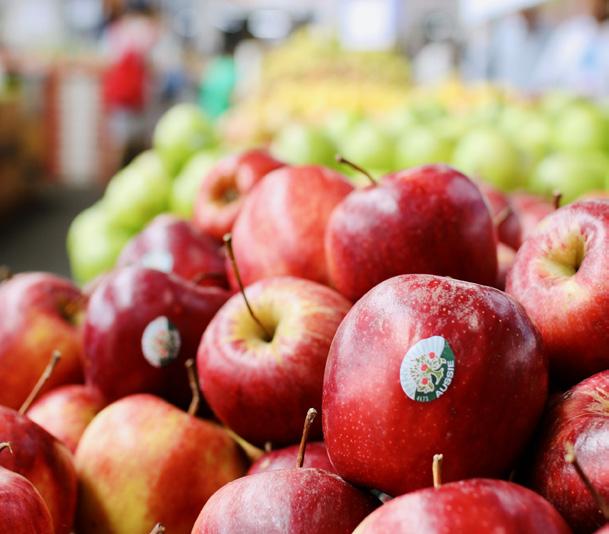
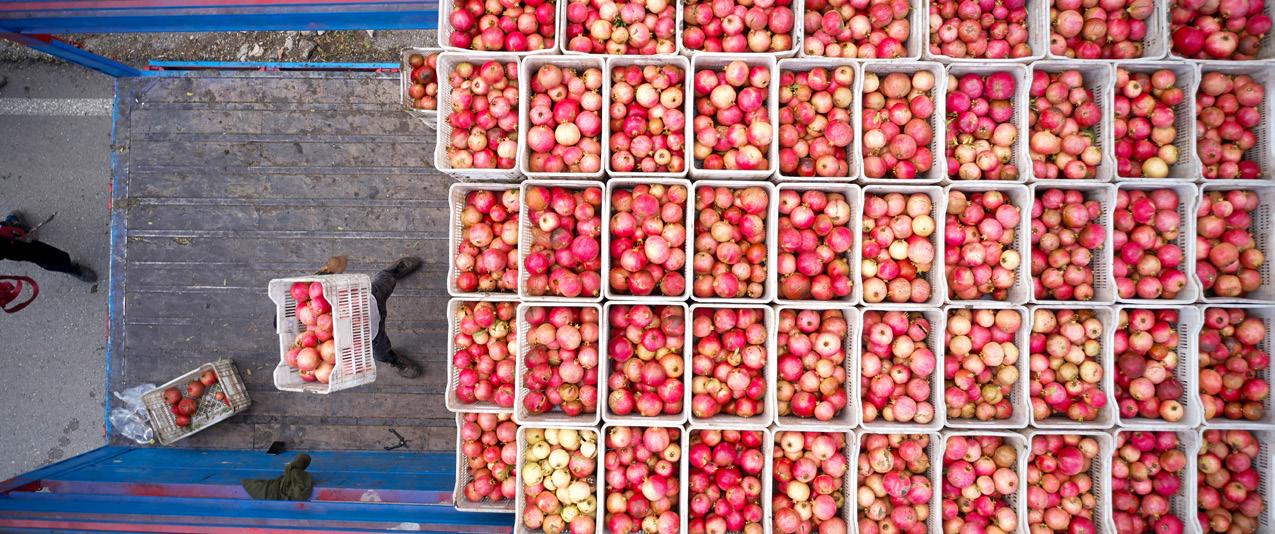
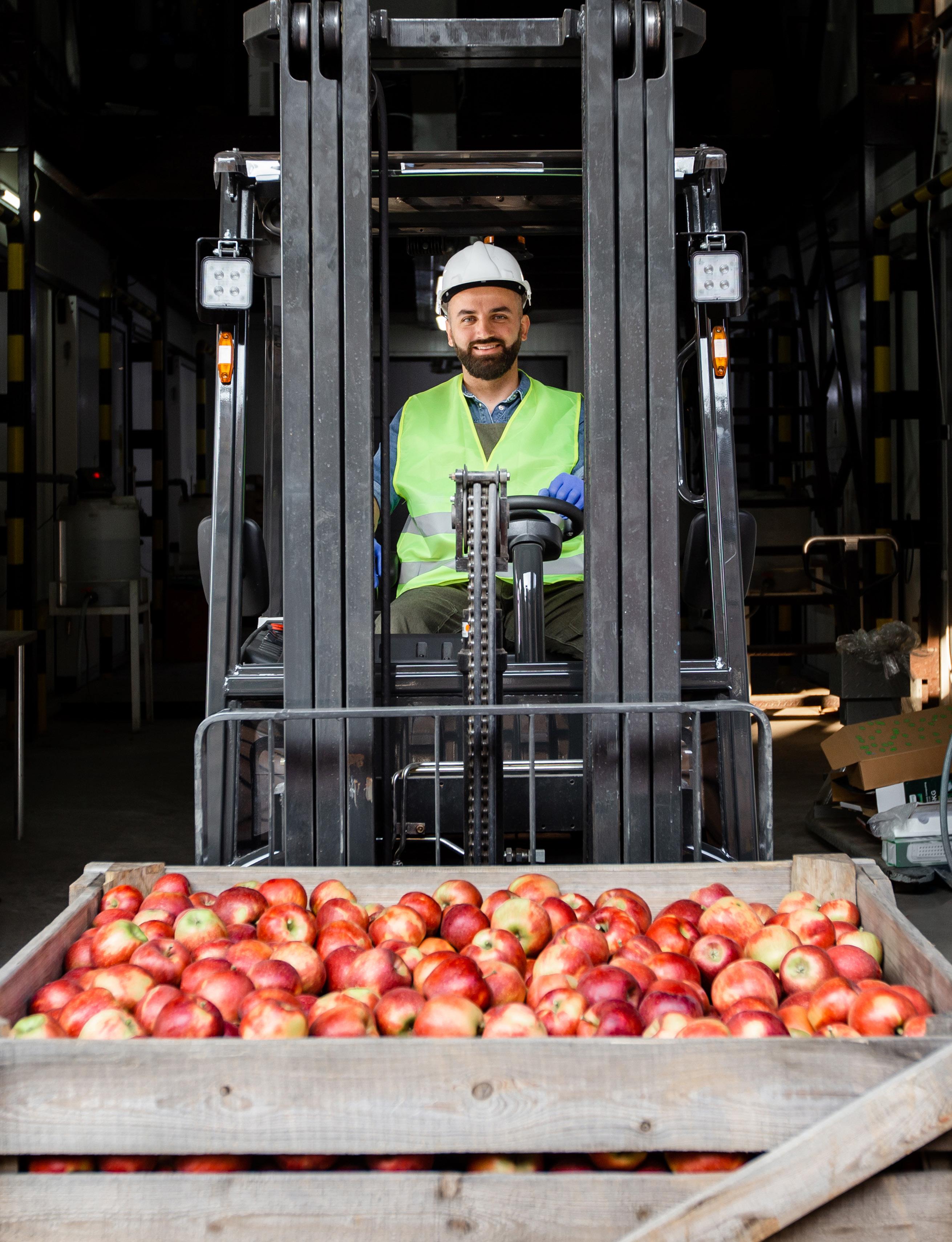
When produce is deemed to be in poor condition, the receiver can reject it upon delivery. Depending on your terms with the receiver and the extent of the damage, this could mean lost profit on part or all the shipment.
While there are many reasons produce may be rejected, these are some of the most common:
All fresh fruits and vegetables have a temperature range that must be maintained when being moved. If the temperature is found out of range upon delivery, the receiver may reject the load.
Factors like broken skin, bruising, pest damage, and discoloration are considered defects and impact the grade (quality rating) of the produce. If the defect percentage exceeds U.S. Grade Standards or the receiver is delivered a lower grade product than promised, the shipment may be rejected.
Fresh fruits and vegetables have a limited lifespan before they expire, meaning the clock starts ticking as soon as they are harvested. Since there is such a short window, things like poor transportation planning, delivery delays, or unreliable carriers can all lead to products expiring in transit and becoming unsellable.
Damage caused by shifting during transport, falling out of packaging, and crosscontamination with other foods in the truck can all create a scenario where the produce is unusable.
The best way to avoid a rejected load is to minimize the risk that your goods are exposed to during transportation.
Turn the page to find 5 ways to minimize loss when shipping this fragile product.
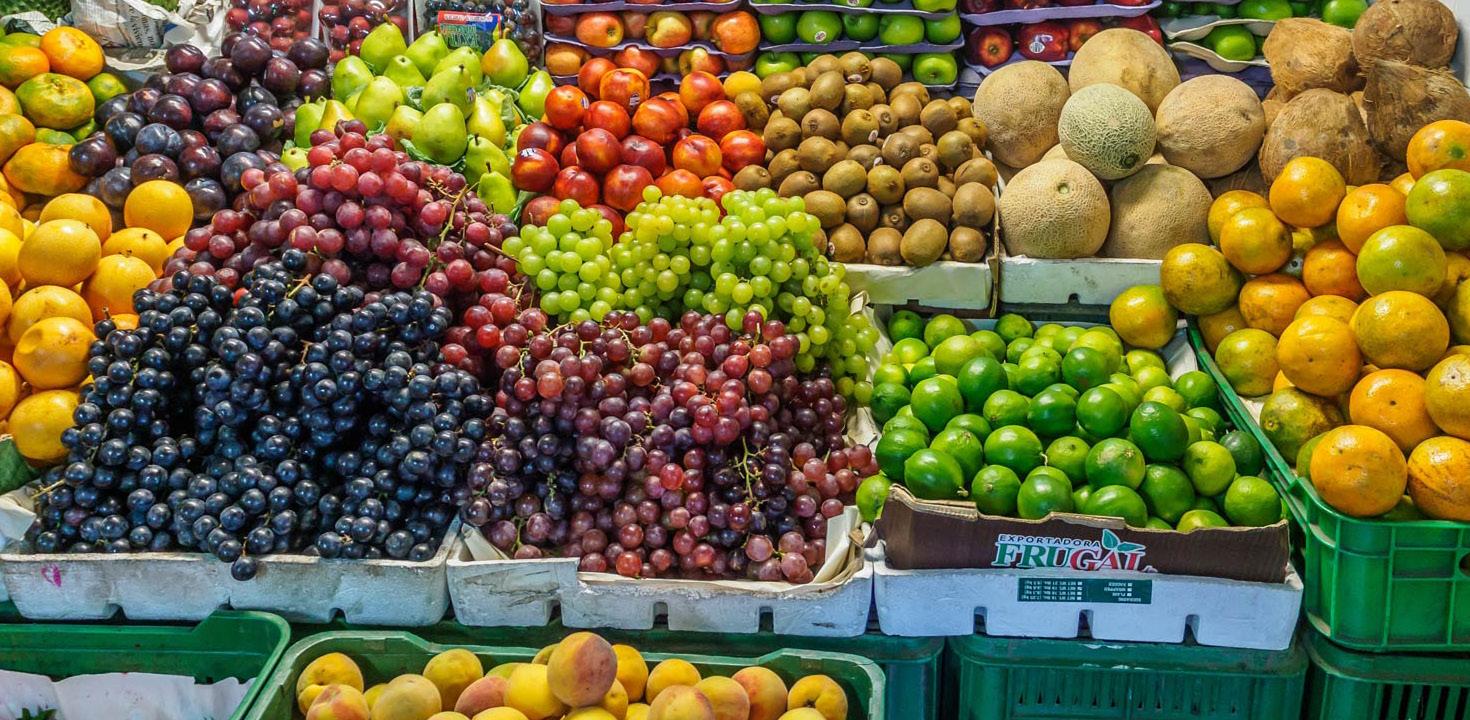
Since most produce is temperature sensitive, it requires a reefer (a refrigerated trailer that can maintain specific temperature range) to be moved. Only a small number of sturdy root vegetables like potatoes and onions can be shipped by dry van.
This need for specialized equipment means it is best to secure your cold chain carrier long before peak produce season arrives to ensure capacity. Peak produce season is when crops are ready to be harvested and must be shipped to retailers quickly before they expire.
These seasons are cyclical based on crop type and differ based on the region you are in. The Farmer’s Almanac provides an interactive map where you can find the peak season for fruits and vegetables based on region and time of year.
No matter where you fall on the map, peak season brings high demand for reefers and carriers who specialize in cold chain transportation. By establishing a relationship with a trusted carrier ahead of time, you can rest assured you have capacity as soon as your produce is harvested instead of losing precious time tracking down transportation.
All food being shipped in the U.S. must meet the requirements of the Food and Drug Administration’s (FDA) Food Safety Modernization Act on Sanitary Transportation of Human and Animal Food. Following these requirements is an essential part of a shipper’s responsibilities when transporting produce fit for retail.
There are 4 primary guidelines to keep in mind to remain compliant with FDA standards:
• Vehicles and Equipment: Make sure the container your goods will be shipped in is clean and up to date on maintenance. This includes inspecting for dirt and pests and making sure the refrigeration equipment is working before loading your cargo.
• Transportation: Ensure that your fruits and vegetables will be maintained at the correct temperature during transit. Also verify that there will be no cross-contamination between fresh produce, ready to eat foods, and non-food items when loading the truck.
• Training: To transport produce, carriers must go through documented training in food safety practices like this course from the FDA. To ensure your carrier is qualified to move your shipment, ask to see their training documentation.
• Records: Keep records of written procedures and agreements made around the transportation of your goods.
Another important safety measure when shipping produce is a load seal. A load seal is typically a plastic band looped through the doors of the reefer to show that the container hasn’t been opened and the cargo hasn’t been tampered with.
Due to strict safety measures around food items, most receivers won’t accept a delivery without an intact seal. To avoid this issue, check for a load seal and record its number on the shipment’s BOL before the carrier leaves.

Packaging does much more than provide storage for your produce. It’s also the first line of defense in protecting your fragile goods from damage and contamination during shipping and handling.
Bins and wooden pallets are two of the most common types of packaging for shipping produce. Adding extra security such as plastic wrap or netting can help prevent shifting inside the container which can cause bruising. Corner caps are another way you can add an extra layer of protection to your palletized items.
Correct loading can also make or break the condition your cargo arrives in at the other end of the journey. Here are a few tips for loading fresh produce:
• Have your goods packaged and pre-cooled to the temperature it will be shipped. Pre-cooling prevents condensation forming on your food when put in the reefer which can create mold.
• If you are shipping multiple types of produce, be mindful of placement to avoid cross-contamination.
• Ensure that the correct blocking and bracing is in place to prevent movement or spillage inside the container while on the road.
Most produce is temperature sensitive and must stay within specific ranges to maintain optimum quality. So, monitoring the temperature of your product is crucial to it staying fresh and safe for consumption.
Different temperatures are required for each fruit and vegetable, but 32-50 degrees Fahrenheit is common in most cases. The Produce Blue Book has an extensive guide that lists the ideal transportation temperature by commodity. Once the proper temperature is determined, it should be recorded on the shipment’s BOL.
Temperature checks should be done multiple times along the move- before pickup, during transport, and upon delivery. Temperature pulping is the most common method of reading the internal temperature of a fruit or vegetable. A classic pulp thermometer is inserted into the produce to get a reading while a digital pulp thermometer can take readings from the outside the fruit or vegetable. As a best practice, you should pulp samples from multiple pallets in the truck to make sure the readings are consistent.
By monitoring your cargo’s temperature throughout, it is more likely that any fluctuations will be caught quickly, increasing the chances that a quality product is delivered.

Reefers are used to maintain the temperature required by the produce being moved. It is most common for them to cool the interior when the ambient temperature is warmer than required. But they can also produce heat in cold environments.
There are two modes for maintaining the internal temperature of the reefer: continuous and cycle/start-stop.
Continuous Cycle: The reefer runs the cooling system constantly, maintaining an exact temperature the entire time.
Cycle/Start Stop: Like a thermostat, the reefer will run the cooling system until it gets to the programmed temperature then shut off. Once the temperature reaches a certain threshold outside the specified temperature, it will reactivate to cool the reefer back down.
Fresh produce is very sensitive to temperature shifts and should always be transported with the cooling system set to the continuous cycle. While experienced cold chain carriers should do this by default, confirm with your driver to make sure.
For the sake of the relationship, peace of mind, and your bottom line, it is important to establish an open line of communication with your carrier from the beginning. After all, the fate of your product is in their hands after they leave your facility.
When choosing a carrier, ask how frequently they provide updates and what information they include. Delivery ETA, temperature, and reefer mode are some examples of data to request. With you and the driver keeping an eye on your cargo status, there is a much lower chance of damage occurring that would put your shipment in jeopardy.